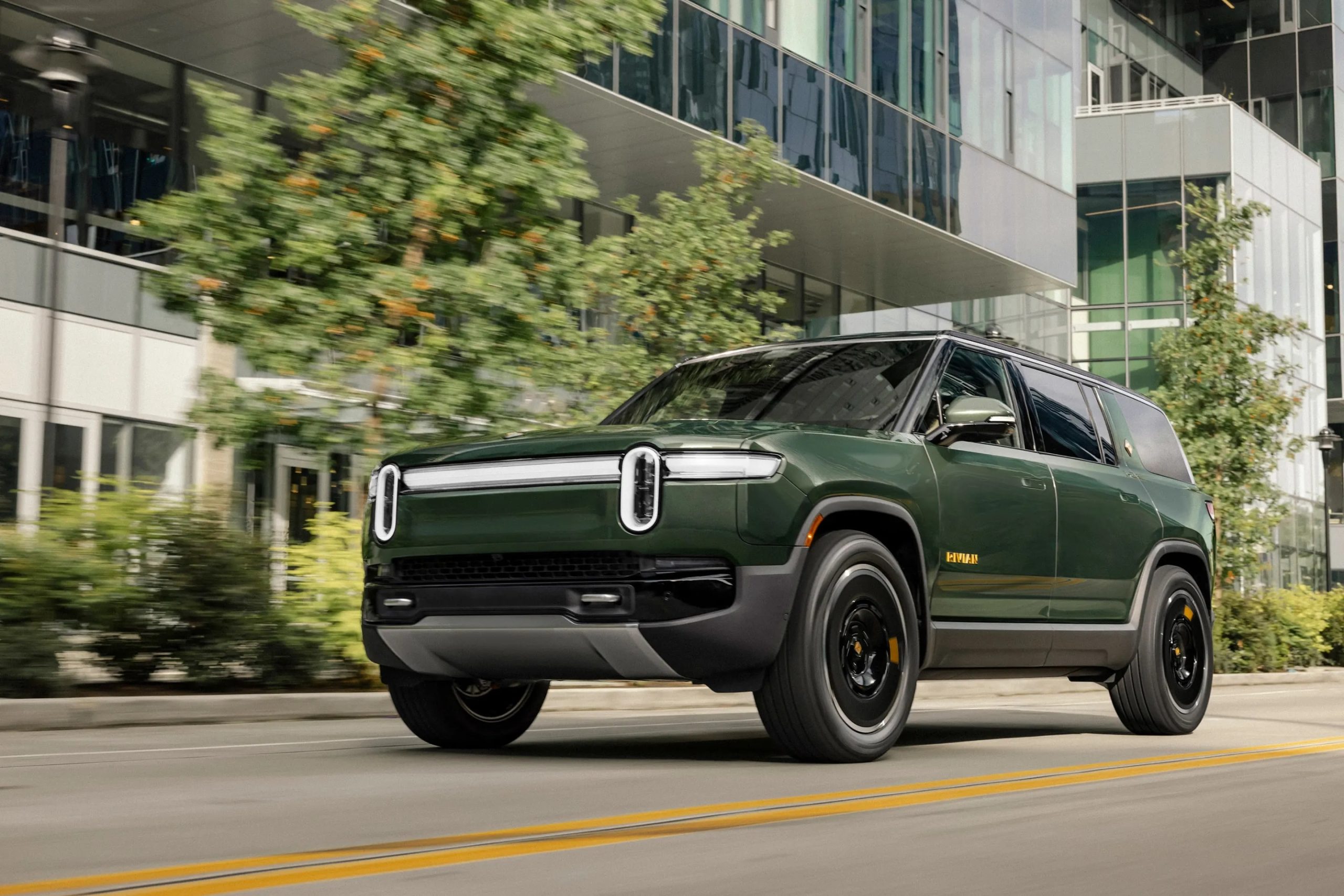In the fast-growing electric vehicle market, Rivian’s R1T pickup truck and R1S SUV have quickly captured consumer attention despite their recent launch.
With Rivian’s future looking bright, potential buyers now face the important decision of choosing the right battery pack for their Rivian.
Last year, Rivian introduced the Max Pack, a new and more expensive option promising an increased range.
While initial announcements hinted at a larger capacity, the actual size of the Max Pack came in at 149 kWh. But how significant is the improvement compared to the existing Large Pack with 141 kWh? Let’s look at the key differences and explore which option might be the better fit for you.

Rivian’s initial rollout of the Max Pack battery for its R1T and R1S trucks left some consumers unsure. The lack of clear communication and aggressive promotion fueled suspicion that it was a profit-driven decision rather than a significant upgrade.
However, the company maintained a level-headed approach, avoiding exaggerated claims about the pack’s capabilities. This composed demeanor reflects the leadership style of Rivian’s CEO, who prioritizes substance over hype.
This commitment to transparency extends beyond product launches. Rivian’s ability to learn from missteps is another indicator of its long-term vision. Take, for example, the recent refresh of the R1T and R1S models.
The battery chemistry plays a crucial role. Lithium iron phosphate (LFP) batteries offer a key advantage: they tolerate frequent full charges better.
While they have a lower capacity (92.5 kWh), drivers can expect to achieve the maximum range more consistently compared to other battery types that degrade faster with frequent DC fast charging or reaching 100%.
The larger NMC battery packs boast faster charging (220 kW) and higher capacities (109.4 kWh and 141.5 kWh). However, for optimal battery health and to minimize degradation, it’s recommended to only charge them to around 80%.
Last winter, a potential Achilles’ heel was exposed to electric vehicle owners, particularly Tesla vehicles equipped with lithium iron phosphate (LFP) batteries.
Although it’s available as an option, the Large pack’s value proposition might be less clear-cut for most buyers in this price bracket.
Compared to the LFP option, it provides a relatively modest range increase. Additionally, frequently charging the Large pack to full capacity can accelerate battery degradation over time, which translates to a gradual decrease in range.
This raises a question: is the slightly extended range of the Large pack worth the potential trade-off in long-term battery health, especially considering the premium price point of these vehicles?

